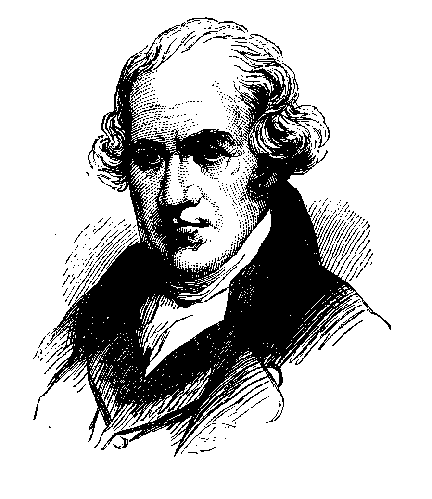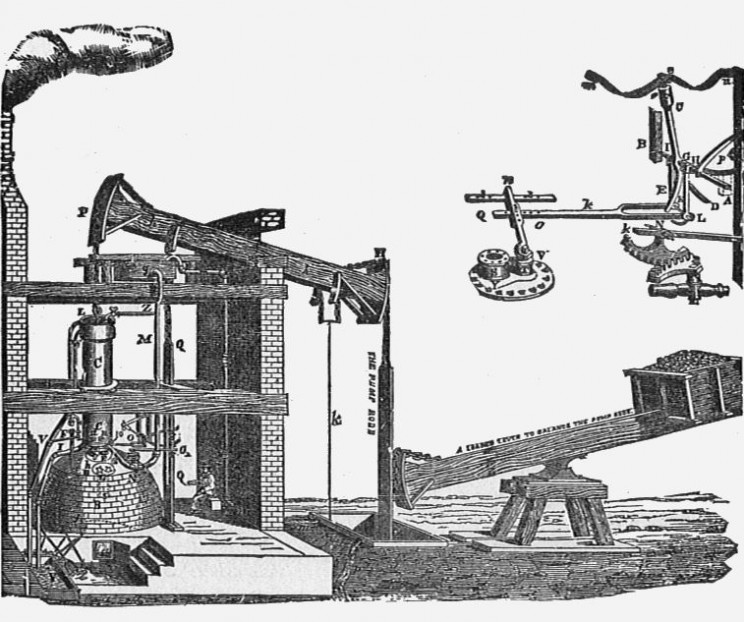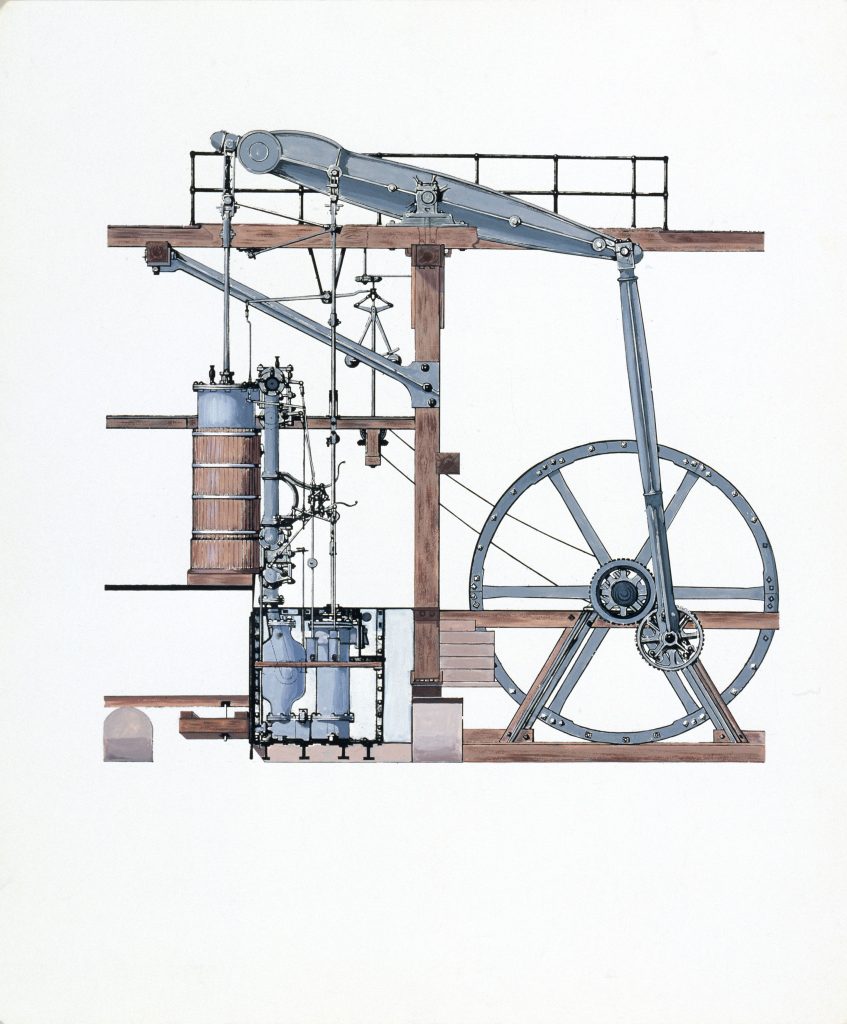The Watt Steam Engine
One of the biggest problems of the 16 and 17 century was removing water from mines and thus the steam engine was created to create a vacuum from condensation. In mid 1700’s James Watt was a repairman for steam engines and throughout his labors he realized how poor the design of steam engines were so he then decided to take it into his own hands. In 1765 he came up with a design that proved more efficient than the previous model.

The first engine design of his was his greatest pumping water from mines for about 50 years. When creating a new design for the steam engine his first desire was to create an engine with a condenser separate to the engine itself. But he later found out the engine had heating problems as about 75% of the heat energy was being consumed at a rapid pace.

This was because cold water was usually put into the engine to reduce the pressure of the steam within the system. Thus instead of creating mechanical energy the engine was busy maintaining its heat as cool and hot water was being constantly injected. This is where the condenser came into the spotlight. James realized that he would need to make the engine be able to maintain the temperature of the cylinder the same as the injected steam. This project was very difficult and expensive thus James had to end up abandoning it. In later years he was hired due to the recognition of his prototype. He was supplied with great amounts of cash so creating his incomplete project was a success and he ultimately became a big hit. Finally on March 1776 the Bentley Mining Company introduced the Boulton-Watt engine into their machinery. The company took a slight risk by abandoning a half-built Newcomen engine and replacing it with the Boulton-Watt engine but it ended up being a success.

Sources
Leave a Reply